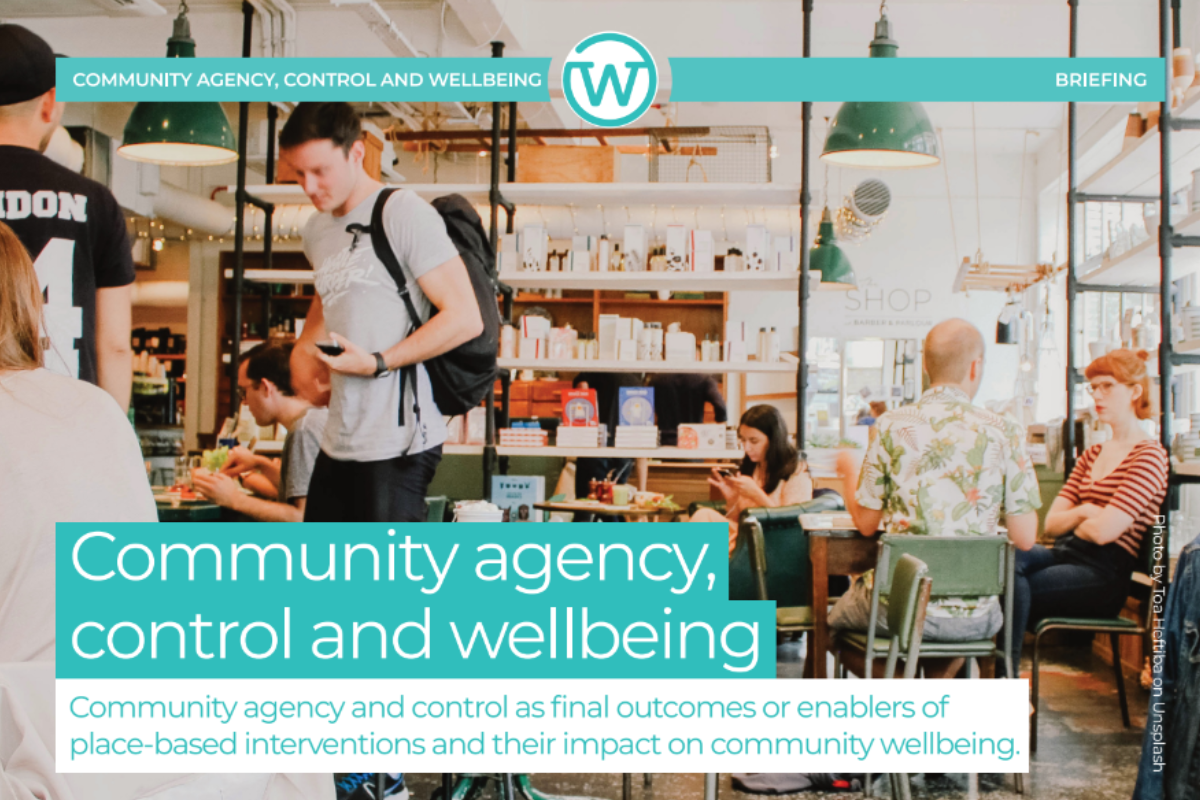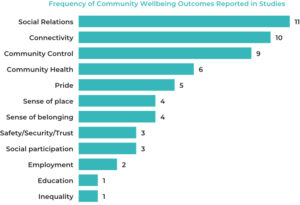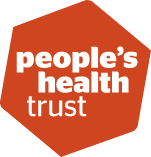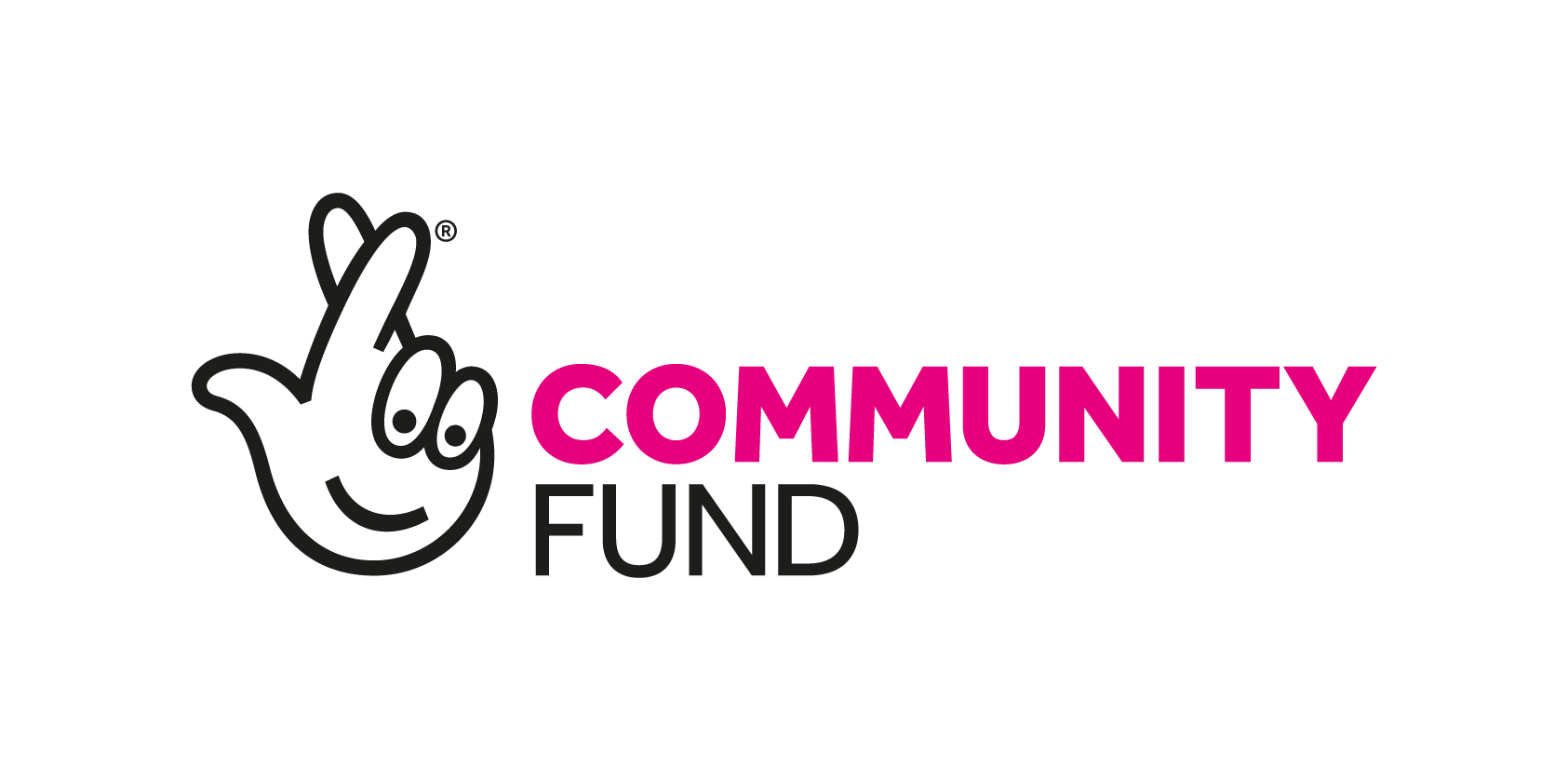Community agency, control and wellbeing
Downloads

The quick read
The evidence review explored community agency and control, and their effects on community wellbeing.
It identified several common features that influence collective agency and control at the community level:
- Opportunities for community connections
- Ability to make decisions
- Availability and size of funding
- Maturity of community agency, including existing relationships
The research provides good indications that improved community agency and control can lead to improved community wellbeing.
Other key insights:
- Communities have different starting points and do not necessarily respond in the same way when exercising their agency and control.
- The picture is mixed: 14 of the 27 studies reported some neutral or negative impacts.
- There are evidence gaps for evaluation of the long-term impact of place-based interventions and more needs to be known about the impact of community agency and control being limited.
This research can be used to shape further research and policymaking, as well as guide funding decisions and practitioner activity.
Background
Research suggests neighbourhood belonging, social connectedness and community control are determinants of health influenced by social conditions, which can be addressed by local action.
We have previously undertaken a rapid evidence review to understand the social capital outcomes of the first two: neighbourhood belonging and social connectedness.
We now build on this work to understand the role of the third: community agency and control.
Undertaken by New Local, the evidence review explored related but distinct concepts of:
- Community agency – the ability of a community to act on its own behalf.
- Community control – the ability of a community to make its own decisions about its future.
- Community power – the ability of a community to influence the decisions and actions of others.
It looks at the impact their exercising has on community wellbeing.
Community wellbeing is about being well together. This report defines it as ‘the combination of social, economic, environmental, cultural, and political conditions identified by individuals and their communities as essential for them to flourish and fulfil their potential.’ (Wiseman and Brasher 2008: 358)
The study
What was done
This review had three primary research questions:
- What evaluation research has been carried out to assess the effectiveness of collective action on community-level wellbeing outcomes?
- What are the key findings on the effects on community control and power at the community level?
- What are the common features of changes to collective agency, control and power at the community level?
The review searched peer-reviewed and grey literature, and used a call for evidence, to find place-based evaluations that:
- had a community action or resident-led component or employed collective empowerment strategies to affect change at a local level.
- targeted one or more community wellbeing outcomes (see the study PICOS in the full report for the full list of community wellbeing outcomes).
Grey literature sources
Valuable repositories identified by the study include:
- The Institute for Community Studies Repository
- Local Trust Insights Library
- The National Lottery Community Fund Insights Library
- People’s Health Trust publication Library
Making the cut

Many studies were excluded due to poorly described community agency or wellbeing outcomes. Individual wellbeing outcomes were not included.
Measures and analysis
The included studies measured a range of community wellbeing outcomes as detailed below:

The 27 studies were grouped according to three intervention types:
- Large-scale place-based interventions (n=8) includes research from funded, multiple site programmes.
- Community (n=9): includes evidence associated with community empowerment, business and grants.</span
- Arts, health and public spaces (n=10) – includes evidence on interventions focused on specific arts, health, places and spaces.
A Mixed Methods Appraisal Tool (MMAT) (Pluye et al 2011) was used to attribute confidence scores to each of the studies.
Full details of each study and the resulting analysis can be found in the full report.
What did we find?
Community connections
The most common mechanism of change across the studies was initiatives that saw individuals and communities ‘coming together’ to work toward a common aim.
The process resulted in:
- improved community connections
- improved trust
- improved pride in and sense of place
This was achieved through both informal and more formal [governance] arrangements, improving social capital and, in one particular instance, protecting participants from the negative mental health impacts of lockdown. However, communities not having the power to expand the window of opportunity for such interactions can be limiting, as was the case with an intergenerational project that could not continue without external support.
The ability to influence decisions
Connectivity, trust and sense of place were improved when communities could:
- genuinely identify priorities
- develop a vision
- permit action together alongside local stakeholders.
Such activity had the additional benefit of developing an enhanced understanding of local need while enhancing community cohesion in the process.
Funding
External funding was cited as a facilitator in many studies. It was found to:
- help develop communities’ confidence to bring about change
- improve their associated skills and knowledge
- improve pride and connections.
Relatively small sums of money were found to be effective in enabling change and enhancing a sense of belonging, especially where communities were involved early on in the process of deciding how the money would be used.
However, some evaluations indicated that money had the potential to:
- create tensions
- bring about power imbalances within communities
- prove insufficient to develop the community power necessary to influence others.
A mixed picture
14 of the 27 studies reported some neutral or negative impacts.
Few studies evaluated the long-term impact of place-based interventions.
More needs to be understood about the potential implications of the limitation or reduction of community agency and control.
Maturity of community agency
It can take significant effort to establish, develop and maintain relationships within the community.
Existing positive relationships can be enhanced by initiatives designed to develop community agency and control.
Relationships not yet formed or already fractured can make positive outcomes harder to achieve.
Research implications
This research has included consideration of some particularly significant community development programmes and found good evidence of positive impact.
This provides a good indication that improved community agency and control can lead to improved community wellbeing.
The insights suggest that communities do not necessarily respond in the same way when exercising their agency and control, and have different starting points. This will be a core consideration for future research, funding and policy design, and practitioner action.
Limitations
Along with some of the limitations listed under ‘Making the cut’ above, the lack of consistency in outcome terminology and conceptual definitions may have limited the scope.
Evidence gaps
The vast majority of the 27 studies evaluated interventions that were initially instigated outside the communities themselves, for example nationally administered funding that was then made available to them. There remains a significant gap in identifying instances of communities themselves exercising agency and control without such an external catalyst or without ‘being invited to’.
Recommendations for action
- Conduct conceptual research to develop and refine existing definitions of community agency and community control. Where possible, research should include the perspectives of local communities and practitioners.
- Develop models to map contexts, mechanisms and outcomes that link community agency and community control to improvements in wellbeing. For example, using the Theory of Change approach. These can be used as critical frameworks to assess the evolution and dynamics of community agency, power and control.
- Explore the opportunities to develop community agency and community control maturity models, which considers both an assessment of the community starting point and the impact of external input or funding.
- Capture the long-term impacts of community agency and control.
- Use high quality methodologies that allow for the identification of all effects, including negative.
- Ensure those facilitating the project spend time learning from communities about their current level of community agency and control prior to development.
- Ensure community-instigated projects are evaluated and added to the evidence base.
- Accept disagreement and early losses can be a normal part of the process.
- Value community agency as a long-term endeavour. While the constraints are acknowledged, beginning and stopping community agency programmes can undermine the trust established.
- Develop funding streams which are sensitive to existing levels of community agency and community control. For places where community agency and control are not yet mature, investment should create the conditions for community agency to develop.
The recommendations were produced as a direct result of the review and its findings. An additional set was produced alongside them and considered points of good practice – see the full report for more.
Citation
Martin, S. Hey, N., Bignall-Donnelly, R., Community agency, control and wellbeing. Briefing, June 2023, What Works Centre for Wellbeing.
Find out more
![]()
[gravityform id=1 title=true description=true ajax=true tabindex=49]



